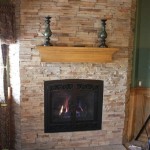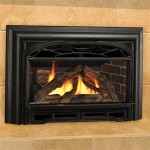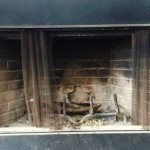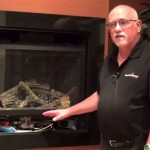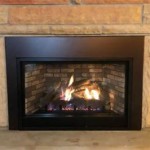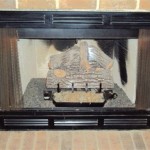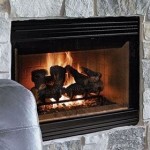Brick Fireplace Repair: Restoring Your Hearth's Charm
A brick fireplace is a beautiful and functional centerpiece of many homes. It adds warmth, character, and a touch of history to any living space. Over time, however, even the most sturdy brick fireplace can show signs of wear and tear. Cracks, crumbling mortar, and loose bricks are common problems that can affect both its aesthetics and safety. Fortunately, these issues can often be addressed with timely repairs.
Brick fireplace repair can involve various tasks, from basic mortar repointing to more extensive structural repairs. Understanding the different types of repairs and the underlying causes of the damage is crucial for ensuring a successful and lasting restoration.
Assessing the Damage: Identifying the Problem
The first step in any brick fireplace repair is a thorough inspection. This involves examining the fireplace from top to bottom, paying close attention to the following:
- Cracks: Cracks in brickwork can be caused by settling, thermal expansion and contraction, or even water damage. The size, location, and extent of the cracking will determine the necessary repair method.
- Mortar Joints: Mortar joints are the spaces between the bricks, and they can deteriorate over time. Look for signs of crumbling, loose mortar, or gaps in the joints.
- Loose Bricks: If any bricks are loose or have fallen out entirely, it's essential to address this issue immediately to prevent further damage.
- Chimney Flue: The chimney flue is the passageway that allows smoke to escape, and it should be inspected for blockages, cracks, or deterioration.
Once the damage is identified, you can begin to plan the repair process. Minor issues like loose bricks or small cracks may be easily repaired with a DIY approach. More significant problems, however, require professional expertise and specialized equipment.
Common Brick Fireplace Repair Techniques
Brick fireplace repairs involve various techniques depending on the nature of the damage. Some of the most common methods include:
Mortar Repointing
This simple process involves removing old, damaged mortar from the joints and replacing it with fresh mortar. Repointing can improve the fireplace's appearance, prevent moisture penetration, and strengthen the brickwork. It's a relatively straightforward procedure that can be done by a homeowner with basic skills and the right tools.
Brick Replacement
If a brick has become loose, broken, or severely damaged, it will need to be replaced. This involves carefully removing the old brick, preparing the space for a new one, and then setting the new brick in place using mortar. Brick replacement requires more expertise and specialized tools, so it's generally recommended to hire a professional for this task.
Crack Repair
Cracks in brickwork can be repaired using various techniques, depending on their size and location. Small cracks can be filled with mortar or sealant. Larger cracks may require the use of epoxy or a specialized repair system. It's essential to ensure that the crack repair method is appropriate for the specific type of damage and the materials used.
Preventing Future Damage
Repairing your brick fireplace is an important step in preserving its beauty and functionality. However, it's also crucial to take steps to prevent future damage and extend its lifespan. Here are some tips to consider:
- Regular Inspections: Inspecting your fireplace regularly for signs of wear and tear can help catch minor problems before they escalate.
- Proper Firewood: Using dry, seasoned firewood reduces the risk of creosote buildup, which can lead to chimney fires.
- Chimney Cleaning: Having your chimney inspected and cleaned annually by a qualified professional removes creosote and ensures proper airflow.
- Weatherproofing: Ensure that the fireplace is protected from the elements, particularly rain and snow, which can cause damage over time.
By following these recommendations, you can help keep your brick fireplace in top condition for years to come, adding warmth, charm, and value to your home.

Easily Solve These Common Chimney Repair Problems Chimneysaver

An Inexperienced Mason Can Cause Chimney Restoration Mistakes

How Can Cold Weather Impact Chimney Repairs Done During Winter

How To Address Your Home S Crumbling Spalling Chimney Bricks

Chimney Repair Vs Sweep Watertite

Interior And Exterior Problems Your Chimney May Have That Need Fixing

How To Fix Crumbling Chimney Mortar 13 Steps

What S Causing My Chimney Bricks To Crumble How Can I Fix It

Fire Brick Chimney Repair Napolis Baun S Sweeping

Brick Fire Box Repair

